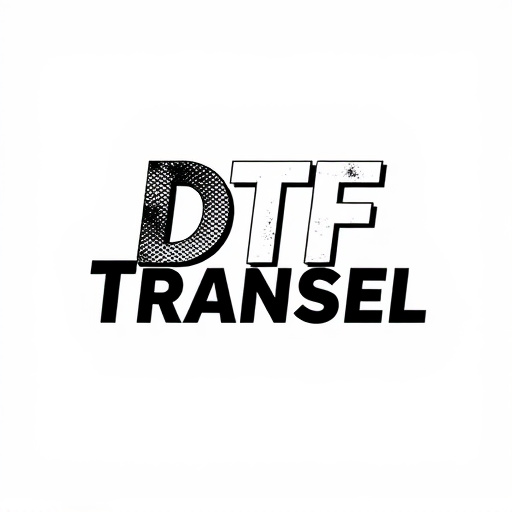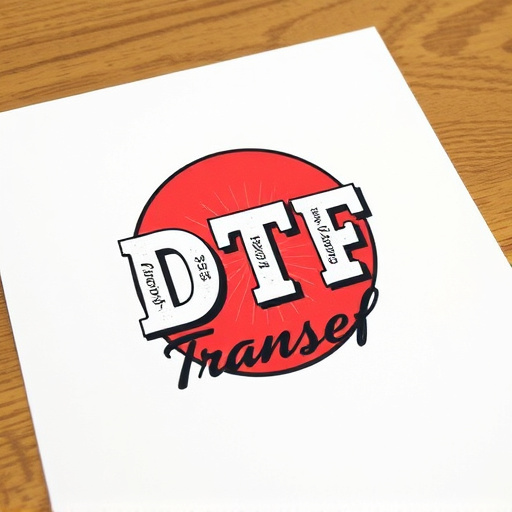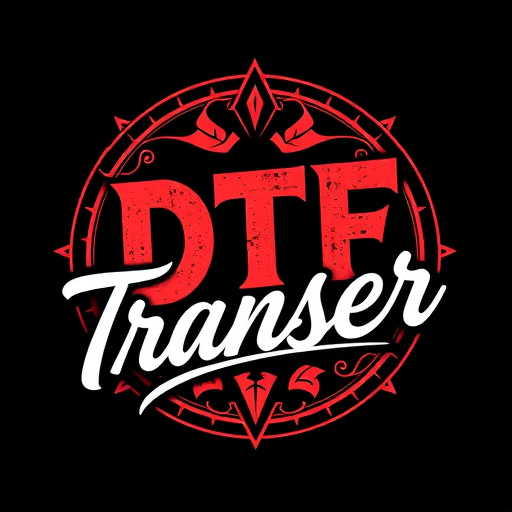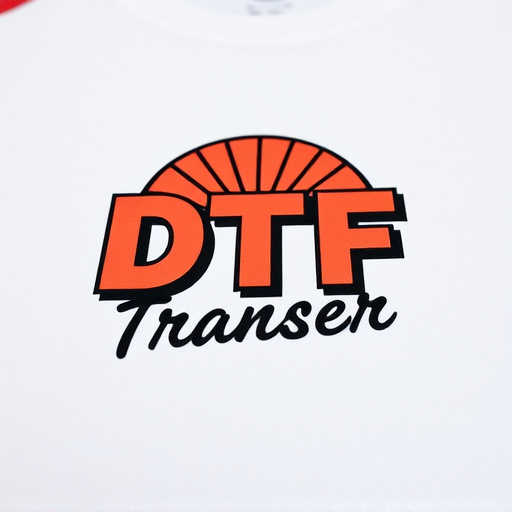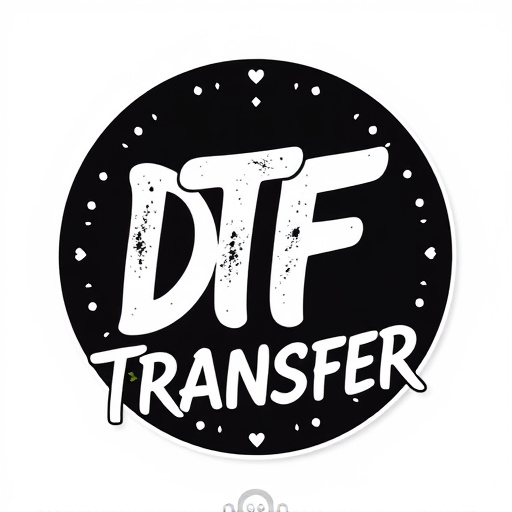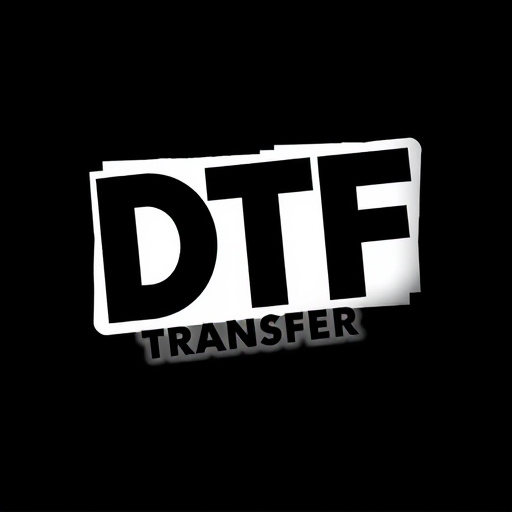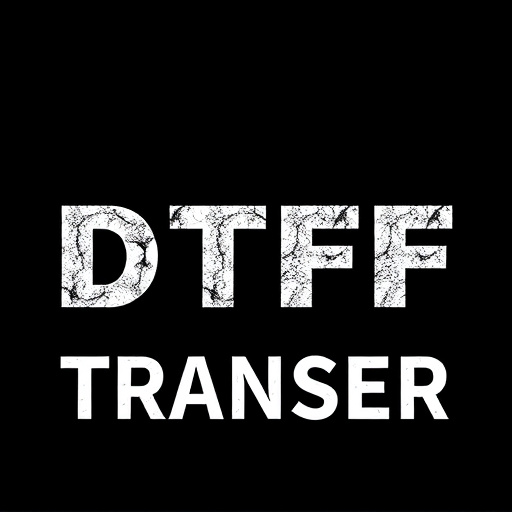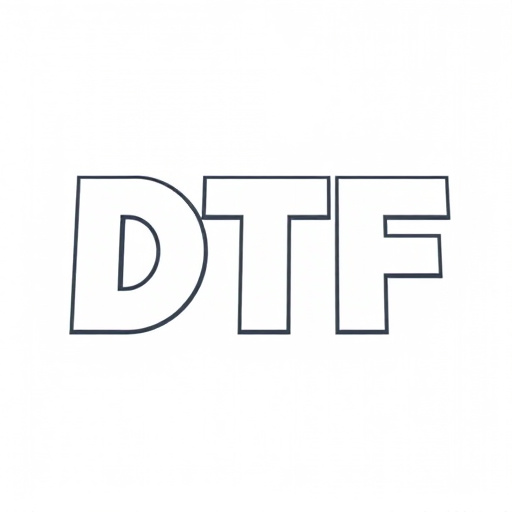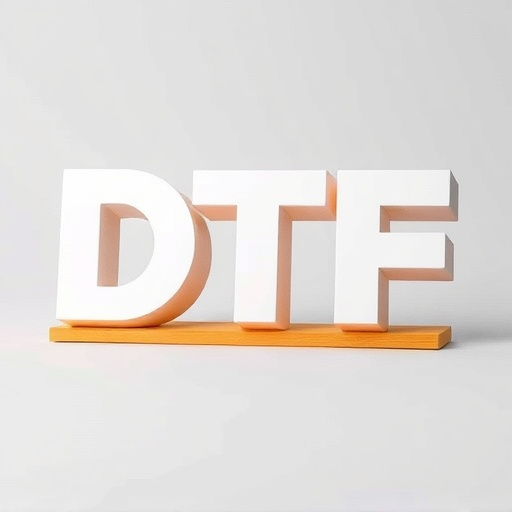Direct-to-Film (DTF) prints are transforming film production by directly transferring digital content onto film stock, eliminating traditional steps and offering advantages like streamlined production, cost reduction, and flexible releases. The cost structure for DTF prints considers factors such as print size, resolution, film stock type, job complexity, batch quantity, and location. Digital DTF methods have revolutionized the industry, replacing chemical processes with electronic production to save time and money. Skilled labor and specialized materials drive the cost of DTF printing, while customization can impact pricing but also allows for tailored designs. Simple one-color designs cost around $5-$20 per square foot, while complex multi-colored artwork can reach up to $50 or more. Understanding these costs is crucial when choosing DTF transfer options.
“Direct-to-film (DTF) printing offers a revolutionary way to bring your creative visions to life, eliminating the traditional intermediates. This article delves into the intricate cost structure surrounding DTF prints, a crucial consideration for artists and businesses alike. We’ll explore various options, from traditional film printing to cutting-edge digital DTF methods. By analyzing factors like material, labor, customization, and order quantities, you’ll gain valuable insights into the pricing dynamics of DTF prints, empowering informed decisions in this evolving landscape.”
- Understanding Direct-to-Film (DTF) Prints: A Quick Overview
- Factors Influencing Cost Structure for DTF Prints
- Traditional Film Printing vs. Digital DTF Options
- Material and Labor Costs: A Detailed Breakdown
- Customization and Order Quantities: Their Impact on Pricing
- Case Studies: Real-World DTF Print Cost Examples
Understanding Direct-to-Film (DTF) Prints: A Quick Overview
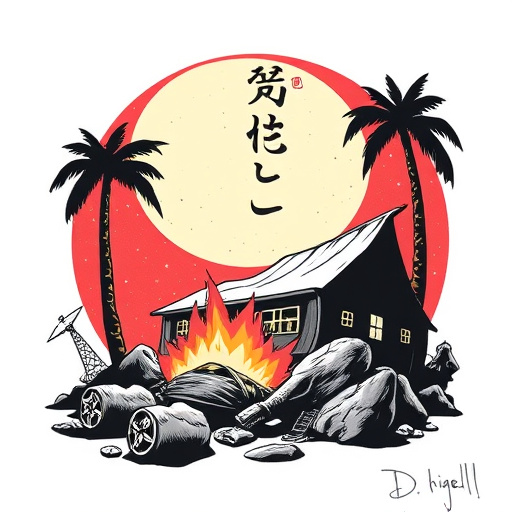
Direct-to-Film (DTF) prints represent a cutting-edge approach in film production and distribution, eliminating traditional intermediate steps. This process involves transferring digital content directly onto film stock, offering numerous advantages for independent filmmakers and niche distributors. By bypassing the need for physical negatives and positives, DTF prints streamline production, reduce costs, and enable faster, more flexible releases.
The simplicity of the method is appealing, especially in today’s digital era. It allows for a more sustainable and accessible film-making process, where creators can bring their visions to life without the complex logistics of conventional printing methods. This technology promises a new level of control and efficiency, making it an exciting option for filmmakers looking to showcase their work on the big screen.
Factors Influencing Cost Structure for DTF Prints
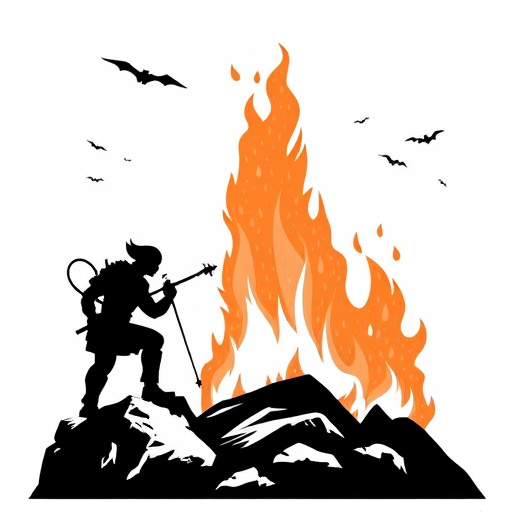
Several factors significantly influence the cost structure for Direct-to-Film (DTF) prints, making each option unique in terms of pricing. Firstly, the size and resolution of the print play a crucial role. Larger prints or those requiring higher resolutions often incur additional costs due to the increased material and processing requirements. The type of film stock used is another critical aspect; different films have varying costs associated with them, from standard 35mm stock to more specialized formats.
Additionally, the complexity of the print job affects pricing. Prints with intricate details or specialized effects may demand higher prices because they require advanced techniques and longer processing times. The number of prints in a batch is also a factor; larger batches can sometimes secure lower unit costs due to economies of scale. Furthermore, location and regional differences in labor rates and overhead expenses can contribute to varying cost structures for DTF printing services.
Traditional Film Printing vs. Digital DTF Options
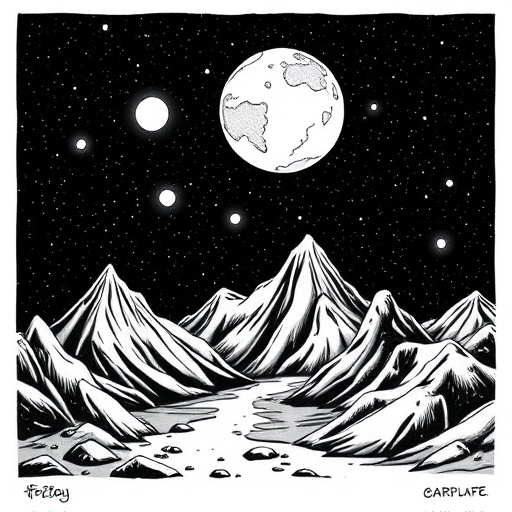
In the direct-to-film (DTF) printing process, a significant distinction lies between traditional film printing methods and modern digital alternatives. Traditional film printing involves creating physical film strips using chemical emulsions, which is a time-consuming and expensive procedure. This method is often employed for large-scale productions due to its ability to produce high-quality prints suitable for theatrical releases. However, it requires substantial upfront investment in equipment and specialized skills to handle the chemical processes.
Digital DTF options, on the other hand, revolutionize the industry by eliminating many of these traditional barriers. With digital printing, films are created electronically, reducing the need for physical film strips and the associated chemical processing. This not only cuts down production time but also offers cost-effectiveness, especially for smaller-budget projects or limited-run productions. Digital DTF prints provide an accessible way to achieve high-quality results, making it a game-changer for independent filmmakers and studios looking to streamline their post-production processes.
Material and Labor Costs: A Detailed Breakdown
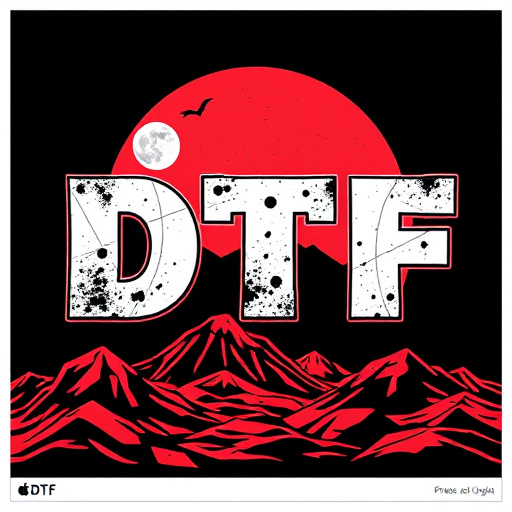
Direct-to-film (DTF) printing involves a complex process that requires specific materials and skilled labor, contributing significantly to its cost structure. The expenses in this sector can be broken down into two primary categories: materials and labor.
Material costs include the purchase of high-quality inks, DTF printers, and various types of films or substrates suitable for outdoor durability. These materials are essential for achieving vibrant colors and long-lasting prints. Labor expenses encompass a range of activities, from the preparation of designs and cutting patterns to the printing process itself and post-production tasks like cleaning equipment and quality control checks. Skilled technicians play a crucial role in ensuring precision, efficiency, and the overall quality of DTF prints.
Customization and Order Quantities: Their Impact on Pricing

Customization plays a significant role in shaping the cost structure for direct-to-film (DTF) prints, especially when considering order quantities. Each client’s unique requirements can lead to varying price points. For instance, custom sizes, specific print finishes, or specialized materials will often incur additional charges as they require tailored production processes and resources.
When placing orders for DTF Prints, the pricing tends to be more competitive at higher quantity levels. This economic of scale allows manufacturers to offer lower per-print costs. As a result, bulk orders provide significant savings opportunities for businesses or individuals looking to produce large runs of customized DTF prints, ensuring cost-effectiveness while catering to specific design needs.
Case Studies: Real-World DTF Print Cost Examples
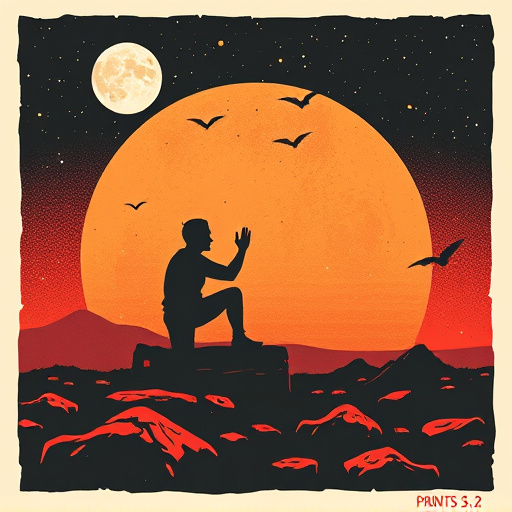
Direct-to-film (DTF) printing costs can vary widely depending on factors like print size, ink types, and the complexity of the design. To get a clearer picture, let’s look at some real-world examples. Case studies from various sources show that DTF prints for simple, one-color designs can range from $5 to $20 per square foot, while more intricate, multi-colored artwork can increase this cost to $15 to $50 or more per square foot.
These figures underscore the importance of considering not just the initial setup costs but also ongoing expenses for ink replacements and maintenance. Additionally, factors like print resolution, material quality, and the number of colors used significantly impact the overall cost. Understanding these cost drivers is crucial when comparing different DTF transfer options to ensure you get the best value for your project.





